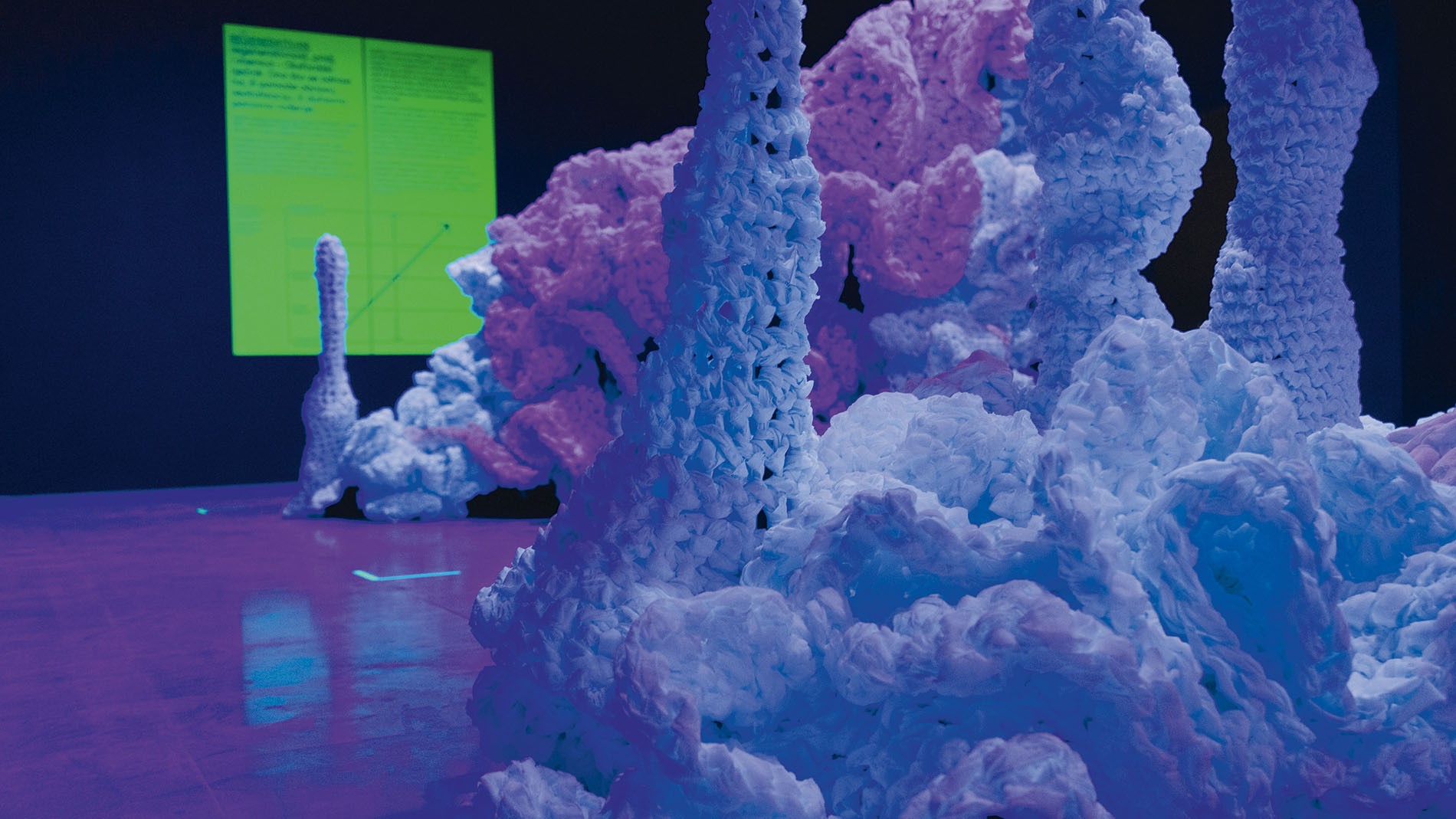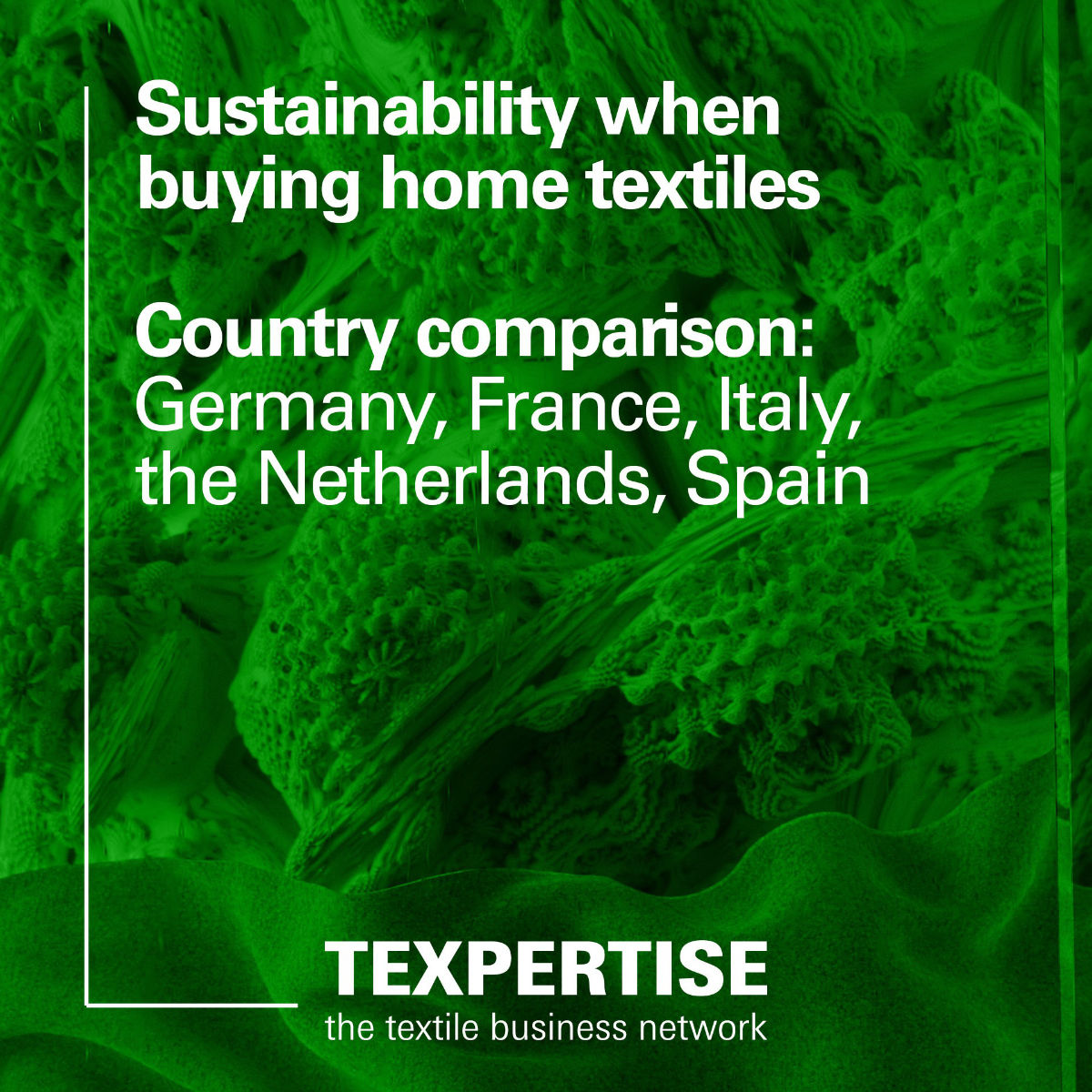Continuous rain with flooding in the south of Germany and Florida, heat waves in Greece, Turkey and Mexico with temperatures of over 40 degrees – the list of current weather events and their effects could be continued almost indefinitely. Even though individual extreme weather events cannot be attributed unequivocally to climate change, experts agree on two things: climate change is happening right now, and it is attributable to humans. And, at the latest when people's belongings are floating past on dirty brown floodwaters, and that in an area where nothing comparable has occurred since time immemorial, even the most obdurate of them will realise that we cannot continue treating the planet in this way – at least, not if we want to leave it in a liveable condition for future generations.
The efforts currently being undertaken by the various players are many and varied. Everyone can do their bit, no matter how small. It is no longer possible to imagine our daily lives without sustainability or sustainable thinking and activities. But is that enough? To answer that question, we should first consider what sustainability means. Originally, the term comes from the forestry industry and means that only as much wood should be taken from a forest as can grow back permanently. In the meantime, its scope has been extended to include the management of all resources and is based on three principles: the environment (ecological sustainability), people (social justice) and the economy (economic efficiency). Ultimately, it is all about not consuming more resources than can be replenished. Or: maintaining the status quo and doing no more harm to the environment.
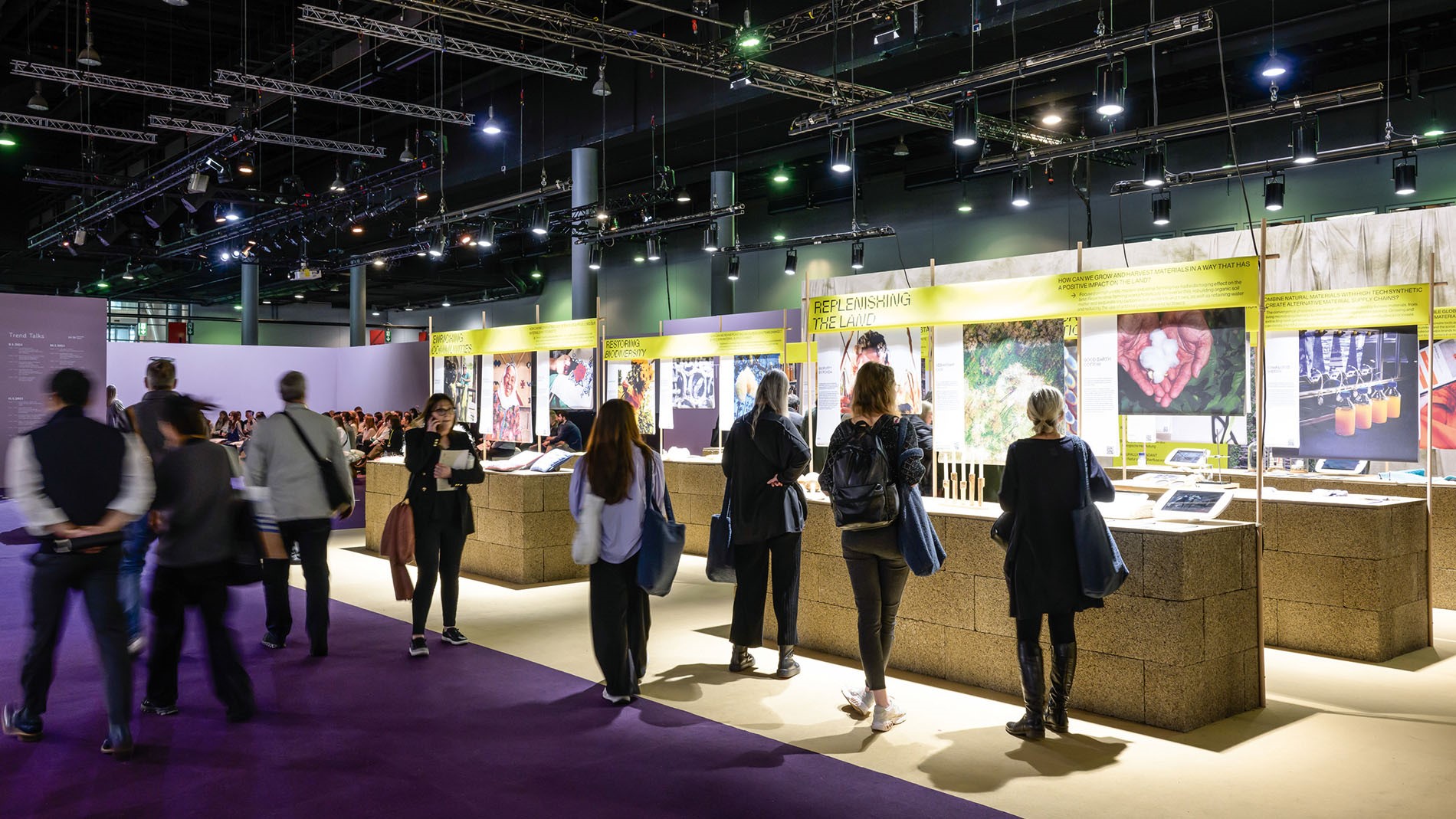
Regenerative design
There was much discussion about ‘regenerative design’ at the Heimtextil and Techtextil trade fairs in Frankfurt. There, FranklinTill, a design consultancy specialising in future trends, staged an impressive exhibition of ultra-modern textiles and materials illustrating the principles of regenerative design. However, we firstly need to define what regenerative design is. So, we put this question to Dr Harald Gründl, designer and design theorist, partner at Austrian design studio EOOS and head of the IDRV – Institute of Design Research Vienna. He said, “There is a whole range of answers to that question. A very short one is: regenerative design is the application of nature's principles to design.” In other words, regenerative design aims to create a society that takes nature as its model and incorporates nature's principles into design to give something positive back to natural systems and heal them. Regenerative design is not new. It has its origins in agriculture and horticulture in the 1970s, and is closely linked to the concept of permaculture, which is based on observing and imitating ecosystems and cycles in nature.
“Regenerative design is the application of nature's principles to design.”
Subsequently, John T. Lyle, a professor of landscape architecture, went further and applied the concept of regenerative agriculture to all systems. His book ‘Regenerative Design for Sustainable Development’ was published in 1994. According to the description, “This book provides civil engineers, architects, land development planners, and others with practical, realistic approaches [...]. Throughout, the emphasis is on proven regenerative practices for water use, land use, energy use, and building design. Most importantly, it provides ways to re-establish connections between people and nature, between art and science, and between technology and daily life.”
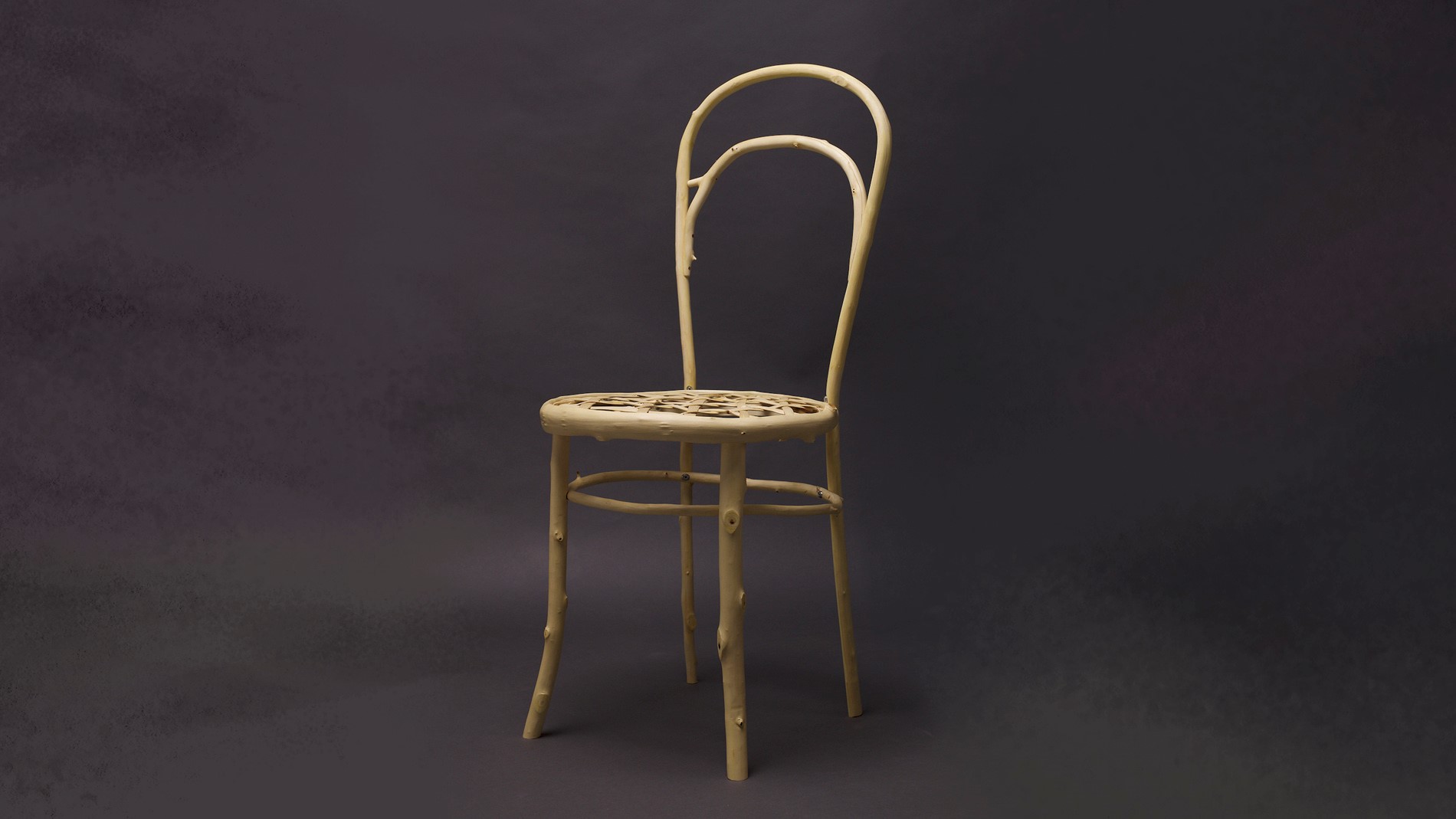
“A very clever and inspiring book on the subject was also written by Daniel Christian Wahl in 2016,” says Harald Gründl. Wahl has degrees in biology and holistic science, as well as a doctorate in design focusing on ‘Design for Human and Planetary Health’. Today, he works as a consultant, educator and activist on both a local and international level. “At that time, the issue wasn't really taken seriously,” says Gründl, “but the more dramatic the situation becomes, the more people refer back to the research and try to develop it further.”
Corals as natural models for the design process
Gründl, who has been dealing with questions of socially and ecologically sustainable design in practice and theory for many years and is also the author of numerous books, draws attention in this context to the ‘Imagine Coral Reef. Regenerative Design’ exhibition, which was part of a discursive platform entitled ‘More than Human’ at the Museum of Decorative Arts (Kunstgewerbemuseum) in Berlin from 3 May to 23 June 2024. While IDRV is responsible for the accompanying research, EOOS has contributed the exhibition architecture. The presentation revolves around complex coral ecosystems and aims to transfer the logic of nature to design processes and establish guidelines for regenerative design.
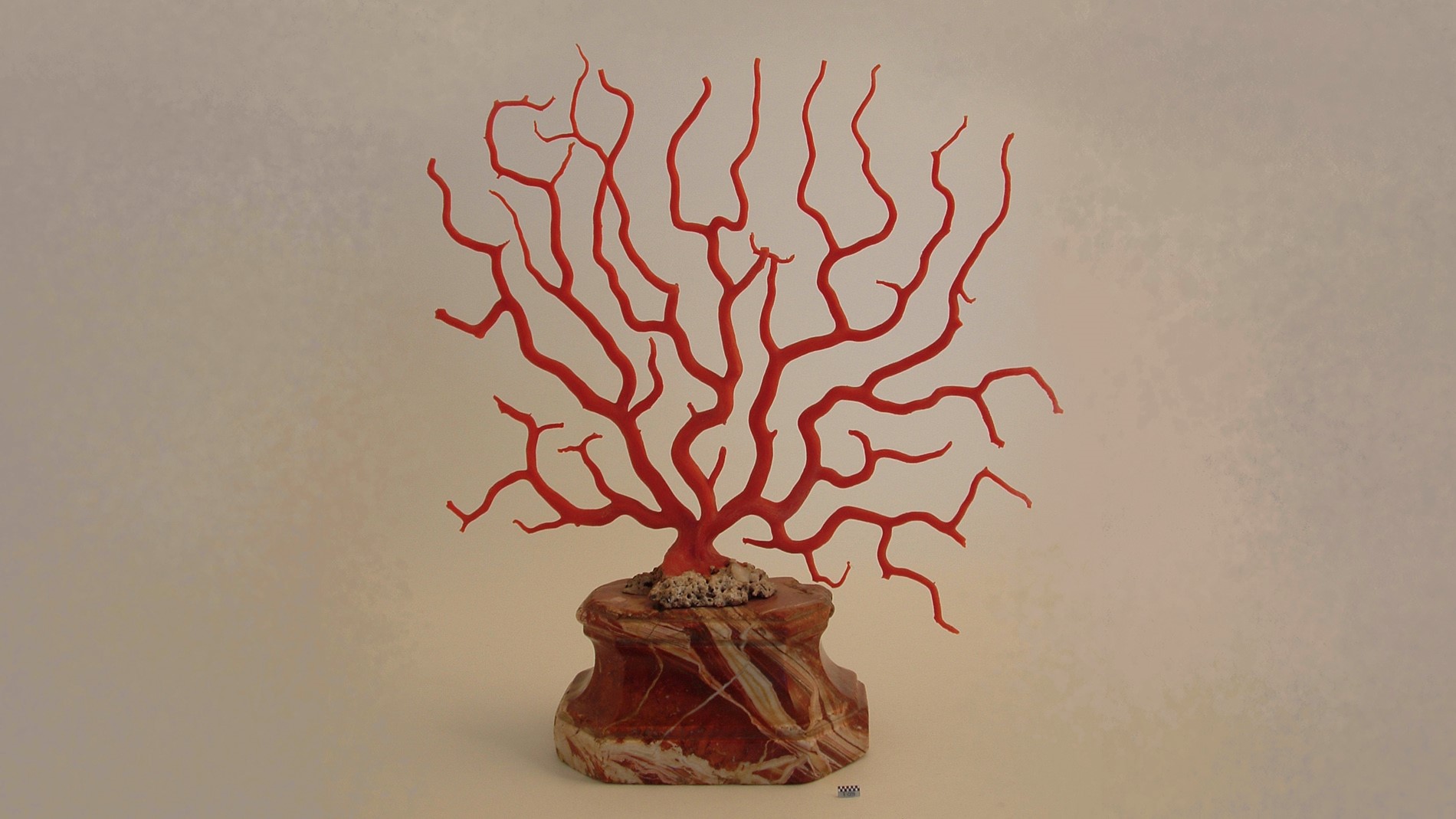
‘Imagine Coral Reef. Regenerative Design’ is a travelling exhibition that has already been shown in Sarajevo (Bosnia-Herzegovina) and Tirana (Albania). “A very important aspect is that we cooperate with local design or art universities,” says Gründl. “In both Sarajevo and Tirana, we organised a two-day workshop for students in which they tested regenerative design principles.” The results obtained were then integrated into the exhibition, which is thus constantly being reformulated. “And, of course, our accompanying research continues,” adds Gründl.
However, a workshop was not held in Berlin. Instead, the exhibition there was expanded in collaboration with the curator of the Museum of Decorative Arts, Claudia Banz, to include a ‘Speculative Chamber of Wonders’ that reactivates the concept of cabinets of art and curiosities. It displays objects from the collections of the Museum of Decorative Arts and links them with loans from the Museum of Natural History and contemporary design projects. “It was a splendid project because it shows how people dealt with nature in specific cultural settings. For example, the surface of a shell was abraded to reveal the mother-of-pearl layer. But that wasn't enough. Certain mythological scenes were painted on it, for example. People at that time had a very specific relationship with nature. It wasn't beautiful or rare enough, it had to be made even more beautiful,” says Gründl. “Today, we capitalise on nature.” By this, Gründl means that we copy the way nature works, translate it into a product and ultimately make capital out of it. “Although the exhibition doesn't focus on critiquing capitalism, there are limits to our current design concept.’
“Today, we capitalise on nature.”
Design in flux
The exhibition also includes two other areas: the 'Coral Reef Room' and the 'Regenerative Design Lab'. The 'Coral Reef Room' is an immersive, scenic space in which macro-corals guide visitors through a reef with coral bleaching. In this transitional state between death and survival, some coral species begin to fluoresce in UV light. The ‘Regenerative Design Lab’ breathes life into the seven ‘rules’ of regenerative design, which were inspired by the guidelines for mutual productivity in nature described by German biologist and philosopher Andreas Weber in his book ‘Enlivenment’, and summarised in a manifesto entitled ‘Coral Reef Regenerative Design Principles (V1.0)’. Each of the seven exhibits represents one design principle.
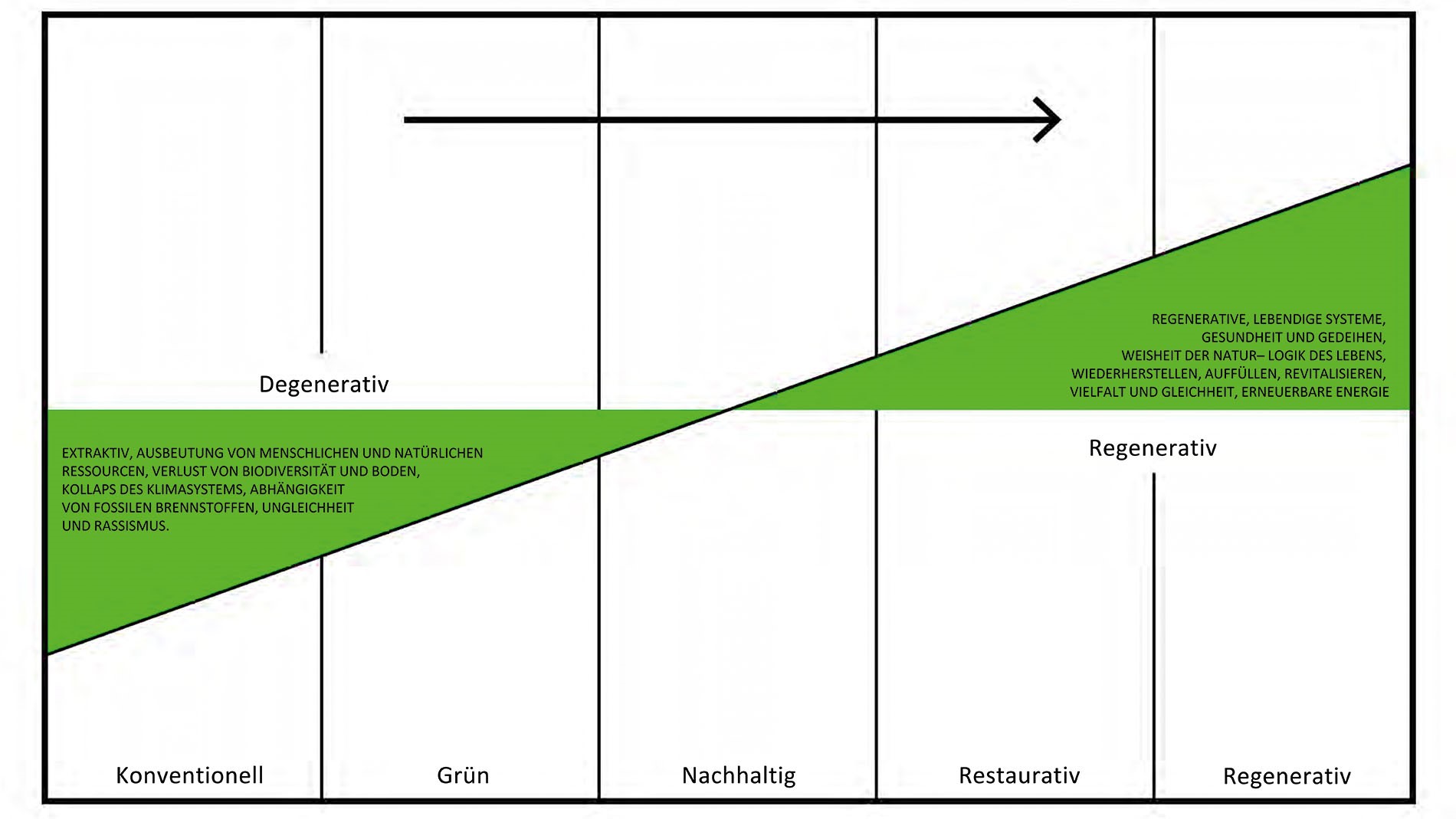
London-based future design consultancy FranklinTill has also explored the subject of regenerative design. In an interview with Scandinavian Mind, co-founder Caroline Till warned against terms such as circular economy and regenerative design becoming mere buzzwords in the climate emergency design agenda. Instead, she would like to see a common definition that could be used as a guide. The FranklinTill consultancy has attempted to do this with its Future Materials Library entitled ‘Regenerative?’, which defined nine principles and was to be seen at the Heimtextil trade fair in January. These principles are intended as a mini-manifesto explaining what regenerative design is and, by extension, what regenerative materials are. “This is not to say that every material must cover all nine principles. However, we need to drive a stake into the ground and say that we acknowledge them holistically and that this is the full picture of regeneration. Within a company, you can focus on one, two or three of those areas, while at the same time acknowledging that there are still other areas to consider,” said Caroline Till in the interview. She is also convinced that the design industry is undergoing an identity crisis. To date, the focus has been on human-centric design. Now, however, we must ask where our planet fits into this. “We are currently looking for a new method that unites us. We are talking about the coexistence of humans and the planet or about interconnectedness – and regeneration is a vital part of this.”
Similarly, Harald Gründl says, “Things will be difficult if we continue to see design as something that is supposed to solve a problem. Now, it is time to create networks.” And he also has two terms in mind that are worth applying to design work: vitality and thriving.
The exhibition ‘Imagine Coral Reef. Regenerative Design’ is funded by the Austrian Federal Ministry for European and International Affairs and the Austrian Cultural Forum Berlin, and supported by the Austrian Federal Ministry for Arts, Culture, the Civil Service and Sport.
Seven rules for regenerative design
- Observe local rules: ecological principles are reimagined through design in accordance with location and culture.
- Shape the relationship between nature and culture: take account of human and non-human players in a holistic design process – posthumanism instead of ‘human-centric design’.
- Protect shared resources: design processes that promote, protect and make regenerative use of the oceans, the atmosphere (CO2!) and biodiversity.
- Give material resources an immaterial meaning: the aesthetics and wisdom of nature as inspiration for design solutions.
- Forge creative connections: cultural developments follow the natural principle of dynamic equilibrium, which engenders vitality and an ability to transform through permanent creativity.
- Design without copyright: abolish copyright and patents! Open-source design! Innovation comes from playing with what already exists (Creative Commons).
- Facilitate the exchange of resources: waste becomes a source of nourishment for new ideas so that design shapes biological and technical cycles without further resource exploitation (circular design rules for the circular economy, cradle-to-cradle principles). Source: IDRV
Author: Bianca Schmidt, InteriorFashion
Cover picture: Some coral species begin to fluoresce in UV light in the transitional state between death and survival. This is simulated in the exhibition ‘Imagine Coral Reef. Regenerative Design’ with the aid of oversized coral objects handmade by the EOOS team using 30 km of paper strips. Photo: EOOS
